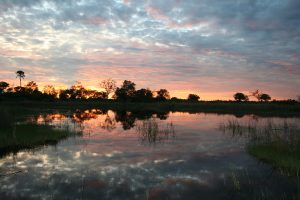
Backgrounder on the Thurston Climate Mitigation Plan
The Thurston Climate Mitigation Plan (https://www.trpc.org/909/Thurston-Climate-Mitigation-Plan) outlines specific steps to reduce greenhouse emissions by 85% by 2050, when our children and grandchildren will be facing the effects of our efforts

A New Year’s Challenge: Resolve to Go Greener! Revisited
Kim Adelson 2020 will long be remembered as “the year of COVID-19”. As I am writing this article, almost 300,000 Americans have died from the virus; to put this in
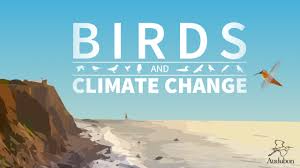
Facing Climate Change’s Impacts On Birds
By Cindy Levy LMHC, TEP, CHT The news from Audubon’s 2019 Survival by Degrees report is grim: 64% of North American bird species – 389 of 604 – are at
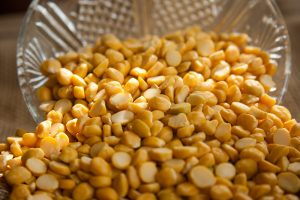
All Food is Expensive
By Kim Adelson When I first moved to New Zealand, I was continually shocked at the price of food. Tomatoes could run $7-8 a pound and a whole chicken might
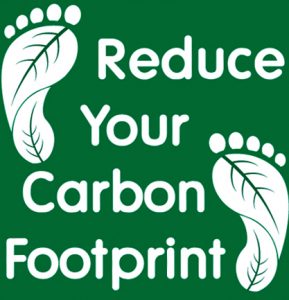
A New Year’s Challenge: Resolve to Go Greener!
by Kim Adelson – It’s New Year’s resolution time! And I am betting that if you are reading this article you care about our environment. There are many ways most
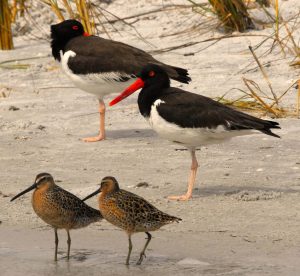
How Climate Change will Affect Shorebirds
By Kim Adelson Walking along the coast in Western Washington – along estuaries or on the beach – you can potentially spot about 70-80 species of birds. (This does not
